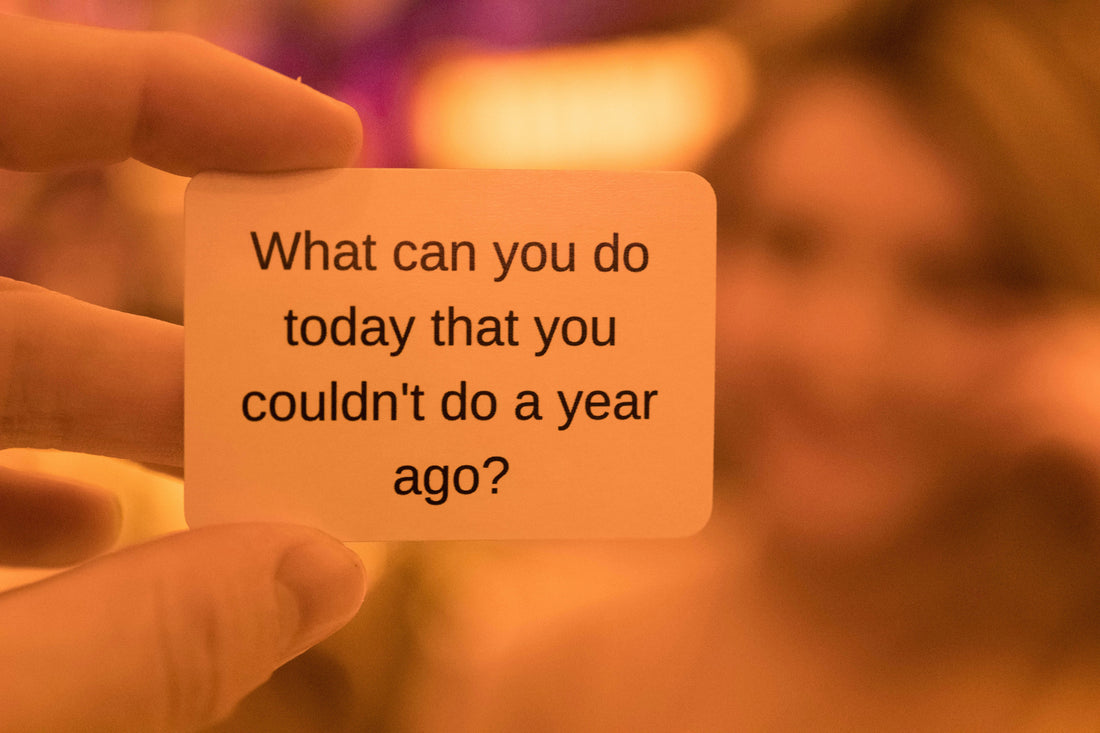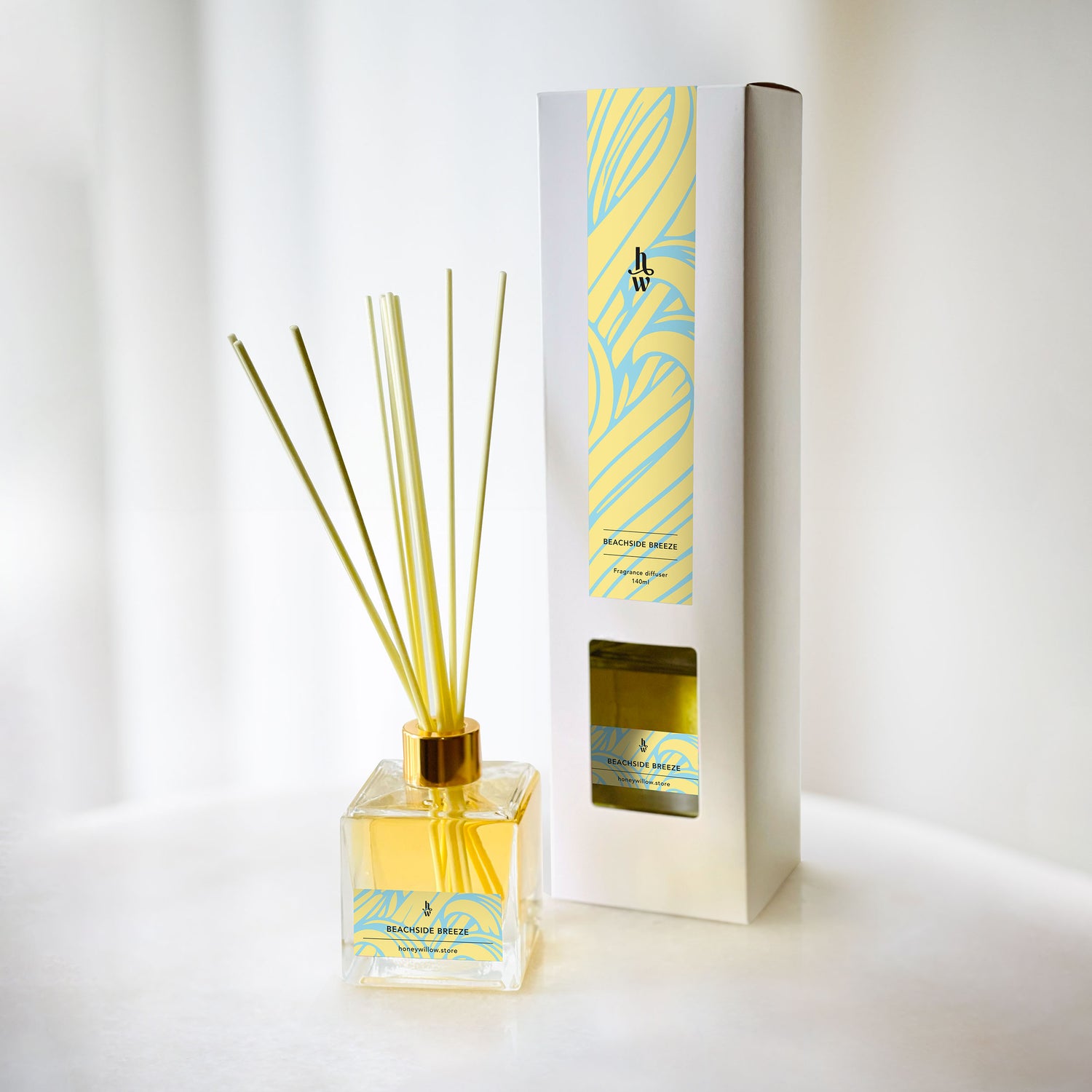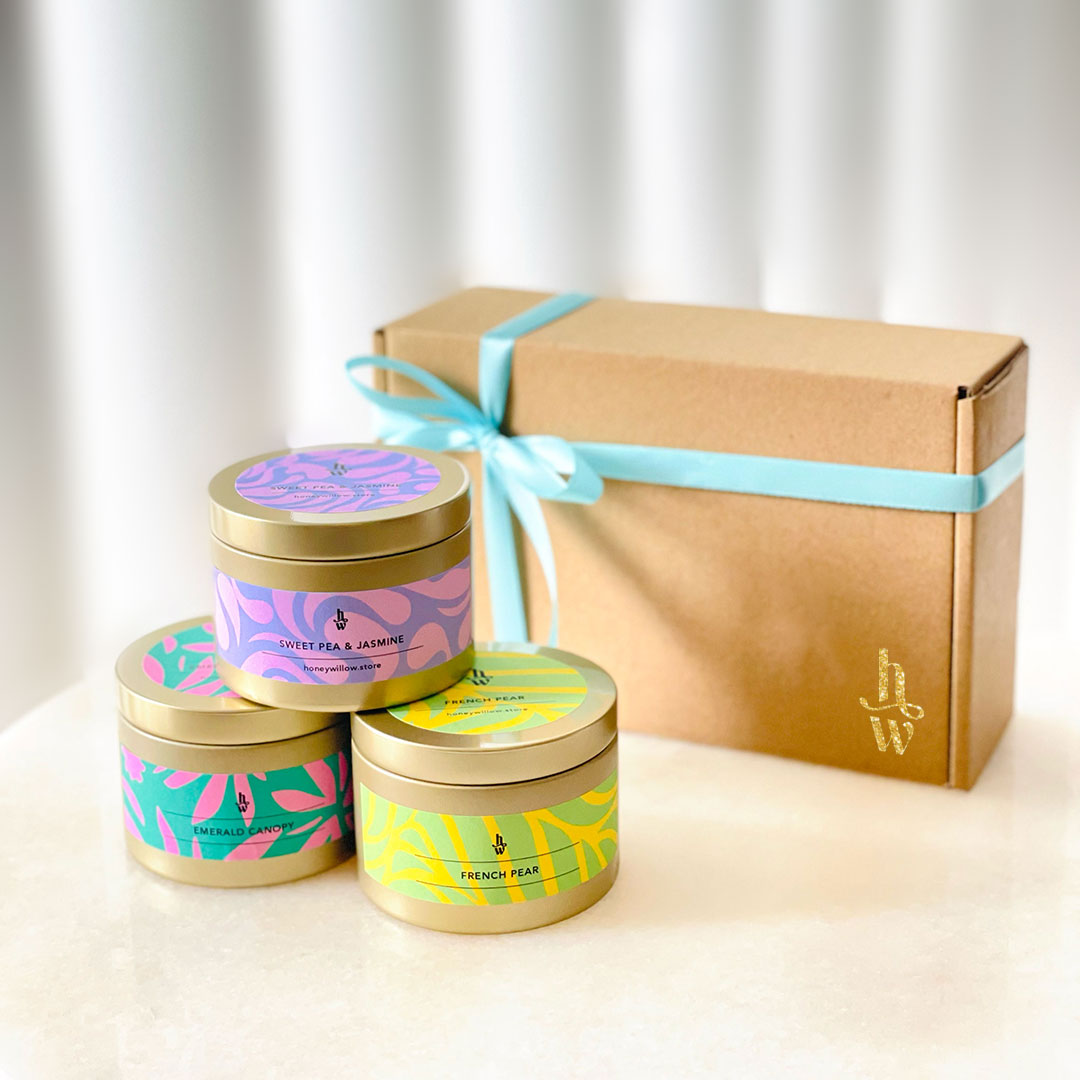Embracing a growth mindset: The key to unlocking your potential

Share
If you’ve ever found yourself saying, “I’m just not good at this” or “I’ll never be able to do that,” you’re not alone. But what if I told you that the way you think about your abilities can actually change your reality? This is where the growth mindset comes in—a concept that has the power to transform not just your personal development but also your creativity, career, and even how you approach setbacks in life.
What is a growth mindset?
A growth mindset, a term popularised by psychologist Carol Dweck, is the belief that abilities and intelligence can be developed with effort, learning, and persistence. It stands in contrast to a fixed mindset, which assumes that our skills and intelligence are static—either you have talent, or you don’t.
Think of it like this: A person with a growth mindset sees challenges as opportunities to learn, while someone with a fixed mindset sees them as proof of their limitations. It’s the difference between saying, “I’m terrible at painting” and saying, “I haven’t mastered painting yet, but I can improve with practice.”
My growth mindset journey
I hadn’t even heard of the term growth mindset until about six or seven years ago. When I first came across it, it felt like a lightbulb moment—like someone had put words to something I had unknowingly struggled with for years. Since then, I’ve been actively working to adopt this way of thinking, making small shifts in my daily life to turn it into second nature.
It hasn’t been an overnight transformation, and honestly, I still take it day by day. Because when stress kicks in, or I’m under pressure, it’s easy to slip back into old patterns—self-doubt, hesitation, or that inner voice saying, “Maybe I’m just not cut out for this.” That’s the thing about a growth mindset: it’s not something you achieve and tick off a list. It’s a practice, something you cultivate over time. And the more I work at it, the more I see challenges as opportunities rather than roadblocks.
Why a growth mindset matters
Whether you’re an entrepreneur, an artist, a student, or simply someone striving for personal growth, your mindset shapes your journey. Embracing a growth mindset can lead to:
- Greater resilience – Setbacks become stepping stones, not roadblocks.
- More creativity – When you believe skills can be developed, you’re more likely to experiment and push boundaries.
- Lifelong learning – You stop fearing failure and start embracing curiosity.
- Increased confidence – Effort is no longer a sign of weakness but a key to mastery.
How to cultivate a growth mindset
Here are some ways to shift your perspective and embrace the power of growth:
1. Reframe failure as feedback
Instead of seeing mistakes as proof that you’re not good enough, view them as lessons. Each failure brings insights that help you improve the next time.
Thomas Edison, who invented the light bulb, famously said, “I have not failed. I've just found 10,000 ways that won't work.” That’s the essence of a growth mindset—understanding that setbacks aren’t dead ends, but rather stepping stones to success.
Michael Jordan, widely regarded as one of the greatest basketball players of all time, also summed it up perfectly: “I've missed more than 9,000 shots in my career. I've lost almost 300 games. 26 times, I've been trusted to take the game-winning shot and missed. I’ve failed over and over and over again in my life. And that is why I succeed.”
Jordan’s success didn’t come from never failing—it came from using failure as fuel. Every missed shot was an opportunity to refine his skills. Every lost game was a chance to come back stronger. His mindset wasn’t focused on avoiding failure but on learning from it and pushing forward. The same applies to all of us. The next time something doesn’t go as planned, ask yourself: What can I take away from this? How can I use this experience to improve? Reframing failure in this way helps shift your focus from disappointment to development.
2. Use the power of ‘yet’
If you catch yourself thinking, “I can’t do this,” add yet to the end of the sentence. “I can’t do this… yet.” That small shift opens the door for possibility and progress.
I remember when I was first experimenting with candle-making. There were so many variables—wax type, wick size, fragrance loads—sometimes it felt like I would never get the formula right. I made countless samples, and just as many failed burn tests. Some candles smoked, some tunneled, some had massive flames that made me question if I was secretly making torches instead of home fragrances. And to be honest, there were many moments of frustration and tears.
But what pulled me out of that frustration was determination, an obsessive need to solve the puzzle, and—let’s be honest—relentless scientific documentation on my candle testing worksheet. I had notes on wick sizes, wax temperatures, and burn times that could rival a chemistry lab. Every failed batch gave me a new clue about what worked and what didn’t. Instead of seeing mistakes as proof that I wasn’t good at this, I started seeing them as data points, tiny lessons that were helping me improve one step at a time.
This mindset applies to anything—learning a new skill, growing a business, or even handling life's curveballs. When we tell ourselves we can’t do something yet, we acknowledge that growth is possible, rather than shutting down the opportunity altogether.
Even world-class athletes and visionaries use this approach. Serena Williams didn’t master her serve overnight, and J.K. Rowling didn’t publish Harry Potter on her first try. They kept at it, believing that with practice and persistence, they would improve. And they did.
So, the next time you catch yourself thinking, “I’ll never be good at this,” pause and add that one magic word: yet. It might just change your entire approach. If you catch yourself thinking, “I can’t do this,” add yet to the end of the sentence. “I can’t do this… yet.” That small shift opens the door for possibility and progress.
3. Celebrate progress over perfection
Perfectionism often leads to procrastination or fear of starting. And trust me, I’ve been there. When I first started Honey Willow, I didn’t realise how much perfectionism was holding me back. It sneaks up on you—you think you’re just being careful or making sure everything is polished, but in reality, you’re stalling.
I used to believe that every new fragrance had to be launched in a big, flawless way—a perfectly curated social media post, a full stock of all sizes, the whole shebang. And because of that, I found myself delaying launches indefinitely because nothing ever felt 'just right.'
What changed? I started running small, low-risk experiments. Instead of creating a massive batch of a new fragrance in all sizes, I would produce a small run of candles in tin size and take them to our local market first. This allowed me to get first-hand customer feedback without the pressure of a big launch.
Even better, I once made one candle in five different fragrances and ran a competition at the markets where visitors could vote on their favourite. The winning scent then became part of our range. This method led to minimal waste, real-time feedback, and a lot less stress.
By making small, manageable changes, I found myself breaking free from perfectionism. There was less pressure and more energy to experiment and have fun. I stopped waiting for the “perfect moment” and started focusing on progress. The result? A business that evolves naturally, guided by real experiences rather than the fear of making mistakes.
4. Surround yourself with growth-oriented people
The company you keep matters. Being around people who value learning and resilience helps reinforce your own mindset.
The first time I was introduced to concept of a growth mindset was in my role as a product designer, at Ansarada. I walked into a company culture that was unlike anything I had experienced before—one built on the beliefs of its founders, Sam Riley and Rachel Riley, who championed continuous learning and leadership at every level. Their philosophy was deeply rooted in the Five Levels of Leadership by John Maxwell, which emphasised that leadership isn’t just about titles but about how we develop ourselves and others.
I was also fortunate enough to meet my now lifelong friend and mentor, Jason Taylor, the Chief of Design at the time. He didn’t just believe in growth mindset—he lived it and infused it into everything we did. He encouraged experimentation, self-reflection, and the simple but powerful question: 'What could I do differently next time?' This wasn’t just a casual philosophy—it was embedded into the company’s DNA.
One of the most impactful company-wide initiatives was D.E.A.R – Drop Everything And Read, where everyone was encouraged to carve out time each week to read the quarterly book. These books were intentionally selected to help us grow in areas like product-led strategy, self-development, and leadership. And this wasn’t just a box-ticking exercise—the lessons from these books became part of our day-to-day conversations, shaping how we approached challenges and collaborated as a team.
At first, I must admit—it was confronting. Working in an environment surrounded by high performers, deep thinkers, and strategic minds felt overwhelming. My imposter syndrome reared its head in full force. I found myself questioning whether I was good enough to be in that space. But here’s the thing about surrounding yourself with growth-oriented people: it forces you to level up. It pushes you out of your comfort zone, and as uncomfortable as that can be, it’s where the biggest transformations happen.
Looking back, I can say without hesitation that I grew more personally and professionally in those seven years than I had in my entire career before that. That experience taught me firsthand that the biggest barriers to growth are often the limiting beliefs we place on ourselves—and I'm incredibly lucky to be continuing my journey with Sam and Rachel at their new startup, Drova. Their dedication to fostering a growth mindset and empowering those around them has been a guiding force in my own development—and that when you surround yourself with the right people, those beliefs start to break down.
So if you want to embrace a growth mindset, take stock of who is influencing you. Seek out communities, mentors, and workplaces that encourage learning, resilience, and experimentation. If you don’t have those people around you yet, start by reading books, listening to podcasts, or joining groups that challenge you to think differently. The more you immerse yourself in a growth-driven environment, the easier it becomes to embody that mindset yourself.
Explore our latest guide on Books, Podcasts & Communities to Develop a Growth Mindset.
5. Embrace challenges as opportunities
Stepping up into a Senior leadership role is one of the most challenging and rewarding experiences you can go through. When I took on the Head of Design role at Drova, I quickly realised that challenges were no longer just about my own work—they were about leading a team, making strategic decisions, and navigating the uncertainty of a fast-moving startup.
Unlike established companies with clear processes and stability, startups are full of unknowns. There are constant pivots, shifting priorities, and the need to adapt quickly or risk falling behind. Some days, it felt like trying to build the plane while flying it. But what I’ve learned is that embracing uncertainty and stepping into discomfort is where the biggest growth happens.
Stepping into this role at Drova was both exciting and daunting, as it marked the first time truly flying solo. The weight of making strategic decisions on my own was heavy, and I often found myself wondering, Am I making the right call? But I reminded myself that leadership isn’t about having all the answers—it’s about asking the RIGHT questions, learning from mistakes, and making adjustments along the way.
Instead of seeing challenges as something to fear, I began applying the same User Experience Design principles of designing products, to my own career and day-to-day decision making—learn, refine, and improve. Every challenge was a chance to level up.
So, if you’re facing something that feels too big, too complex, or too overwhelming, ask yourself:
- What can I take away from this experience?
- How will this challenge help me grow?
- What would I do differently next time?
Challenges aren’t there to stop you—they’re there to show you what you’re capable of. If you’re feeling uncomfortable, uncertain, or even a little afraid… congratulations. You’re growing.
The next time you encounter something difficult, instead of backing away, lean into the challenge. Ask yourself: What can I learn from this? How will this help me grow?
Applying growth mindset to creativity and self-discovery
At Honey Willow, creativity and personal growth are at the heart of everything we do. Whether it's designing a new candle collection or exploring the deeper meaning behind our brand, every step is an opportunity to learn and improve.
A creative journey is never a straight path—it’s full of twists, turns, and moments of self-doubt. But when you shift your mindset to one of curiosity and possibility, every roadblock becomes a new adventure.
Embracing a growth mindset doesn’t mean you’ll never feel discouraged or frustrated. It simply means you believe in the power of learning and persistence over time. The more you practice this mindset, the more you’ll unlock your potential in ways you never thought possible.
So the next time you face a challenge, remember: It’s not about being perfect. It’s about growing, evolving, and discovering just how capable you truly are.



